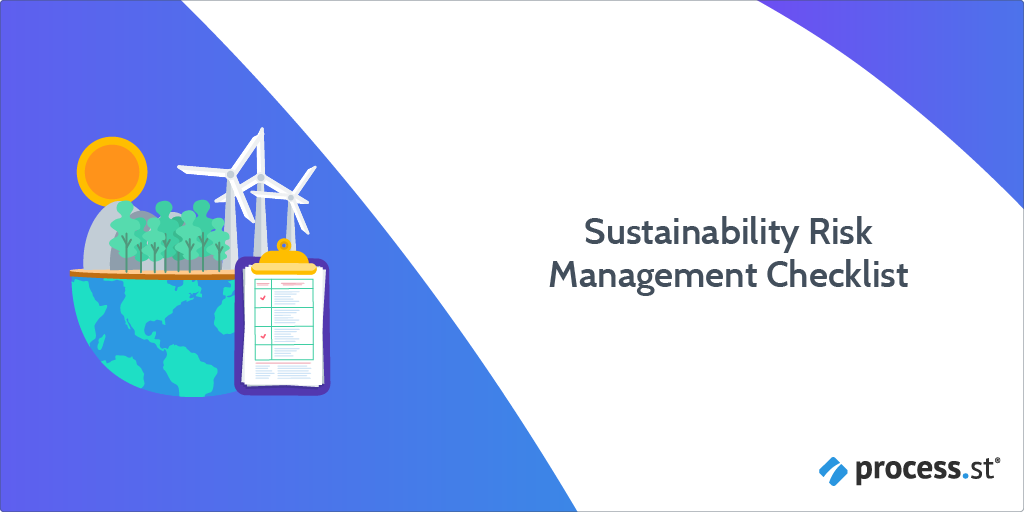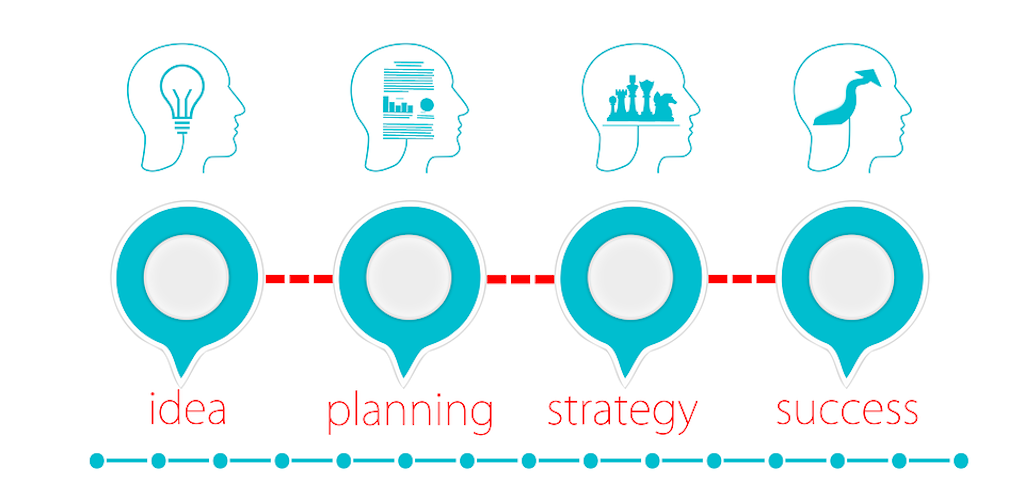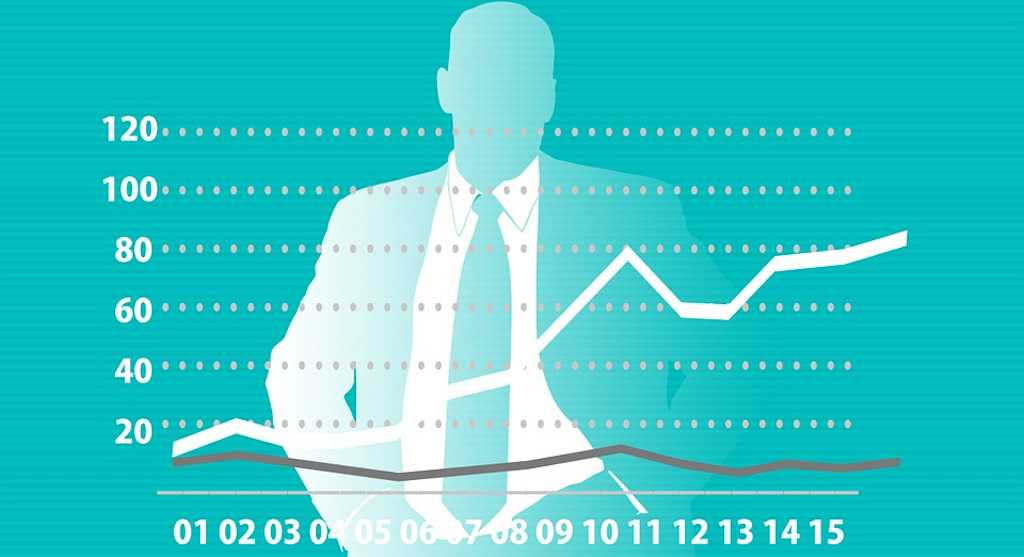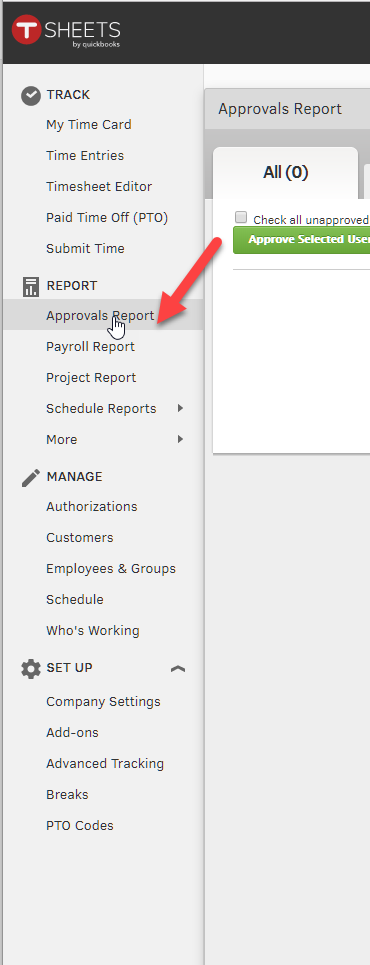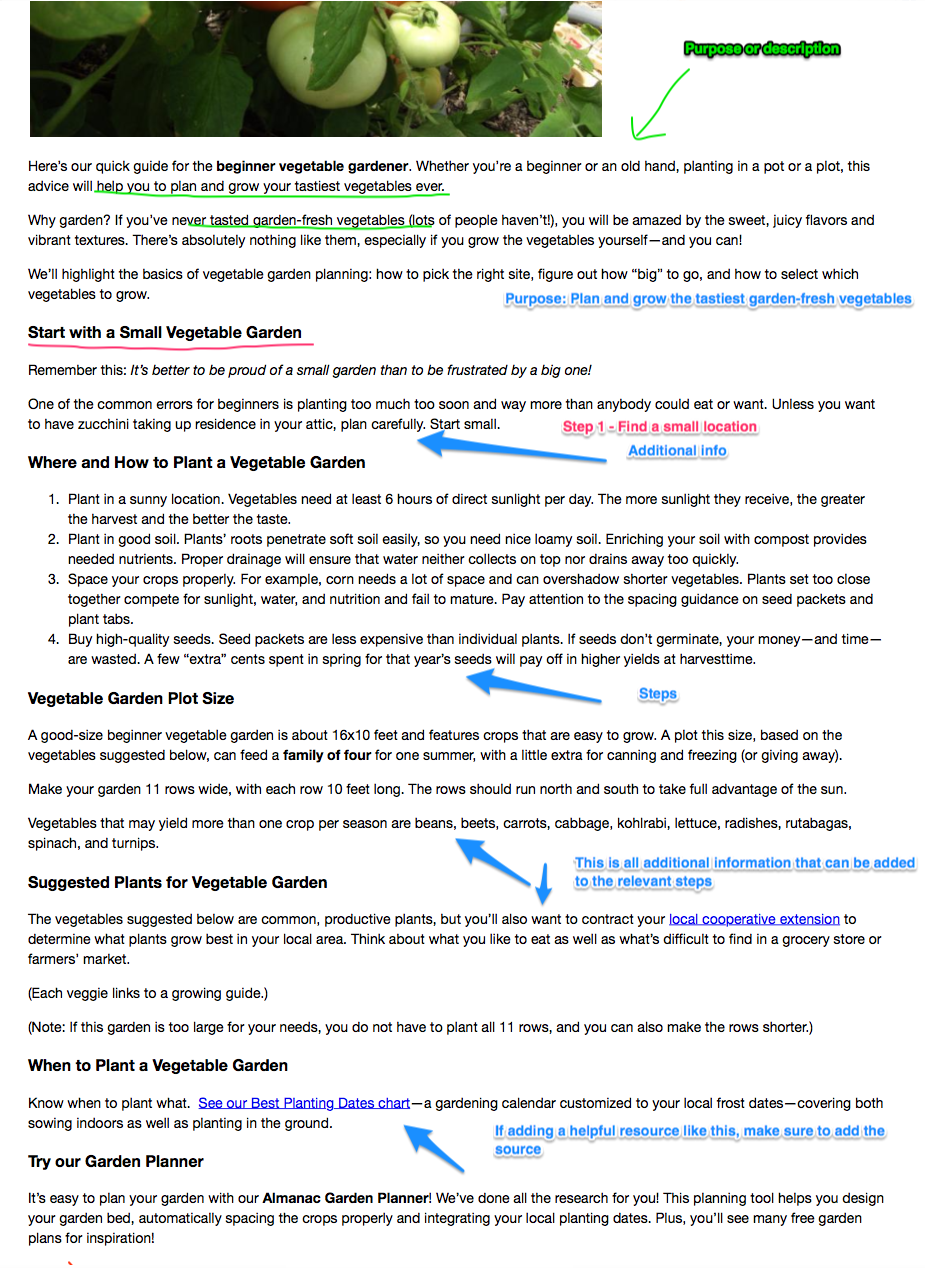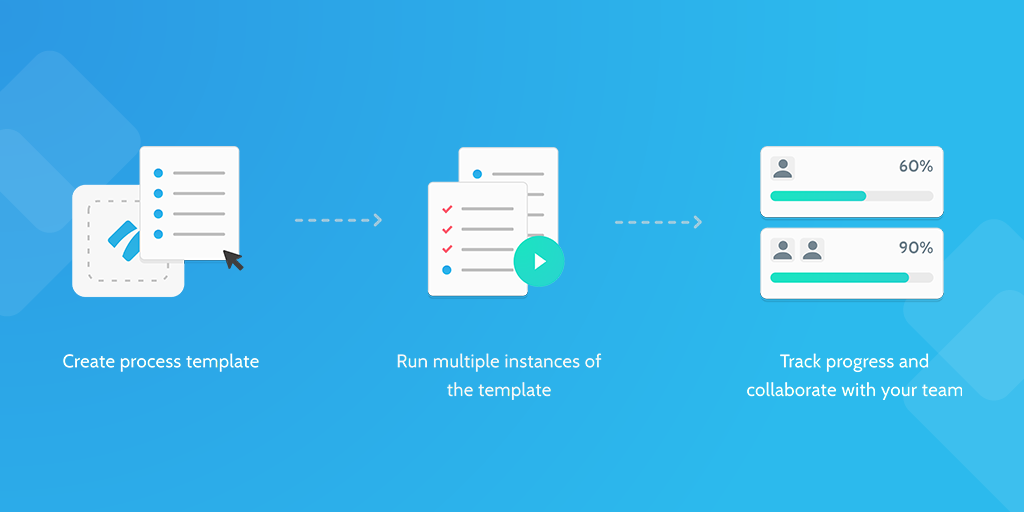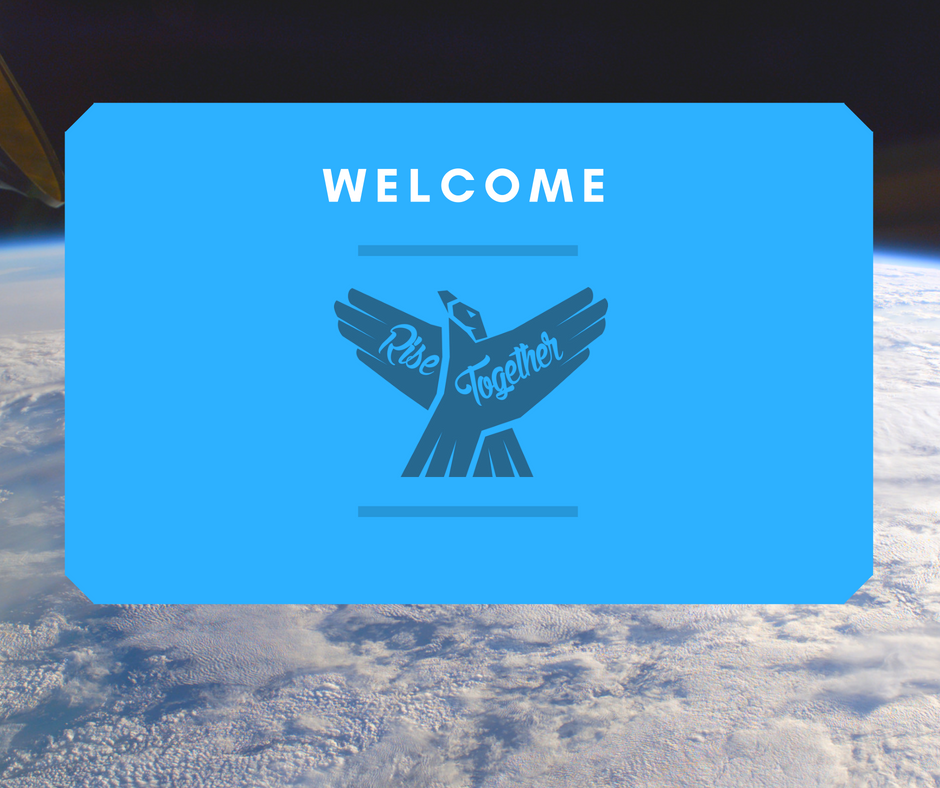Our Sustainability Risk Management Checklist has been designed for you to employ tools for environmental risk reduction.
Sustainability Risk Management is a business strategy that aligns profit goals and a company's environmental and social policies. It is about meeting the economic needs of business alongside environmental and social needs.
The Global 2020 Risk Report announced the top threats to our economy are environmental. The main threats include weather extremes, climate action failure, and biodiversity loss.
The WWF's Living Planet Index 2018 observed that nature underpins all economic activity, presently worth an estimated $125 million. There is, therefore, a substantiated amount of wealth at risk here.
Managing this risk specifies a balance between environmental, economic and social business, requiring holistic and systematic integration of ecological, socioeconomic and corporate risk factors. This checklist has been produced from Yilmaz and Flouris' work titled: Managing corporate sustainability: Risk Management process-based perspective.
This Sustainability Risk Management Checklist has been designed as a conceptual process, consisting of five main phases:
- Phase 1: Strategic plan and orientation
- Phase 2: Management and organization: infrastructural organization
- Phase 3: Set process step: framework orientation
- Phase 4: Report and monitor: internal control orientation
- Phase 5: Corporate sustainability check: corporate sustainability orientation
This process has been designed to help the following subjects mainly:
- Improve awareness of the necessity for sustainability risk management.
- Identify sustainability risks and opportunities.
- Promote innovation and operational efficiency.
- Develop a company-specific sustainability risk management model, policy and guidelines.
- Integrate sustainability considerations into the decision-making process and practices.
- Manage sustainability funds.
- Proactively manage risks to obtain a competitive advantage.
- Increase value and innovative capacities.
- Move towards sustainable business practices.
- Promote corporate social investment, citizenship, and social responsibility.
- Increase financial, social and environmental contributions.
- Improve corporate reputation.
The main benefits of following this Sustainability Risk Management Checklist are as follows:
- Achievement of a balanced and integrated economical, social and environmental performance.
- Full integration of sustainability based topics into business strategy, management, and organization as all levels.
- Corporate value optimization.
- Reasonable assurance to the achievement of the corporate objectives in a triple bottom line concept.
- Corporate resource optimization.
- Effective and proactive management of the sustainability-based risk.
How to use this checklist
At the beginning of this checklist, you will be presented with a set of specialized questions that are given as a form field. You are required to populate each form field with your data.
At the end of each phase (1,2,3,4,5), your supervisor/manager will review your work using Process Street's approvals feature. Other features used in this template include:
- Stop tasks - to ensure task order
- Dynamic due dates - To make sure your initiative is reviewed on time
- Role assignment - to delegate tasks within your tea, ensuring your supervisors is appropriately assigned to the review tasks
- Approvals - tasks can be accepted, rejected and rejected with comments.

